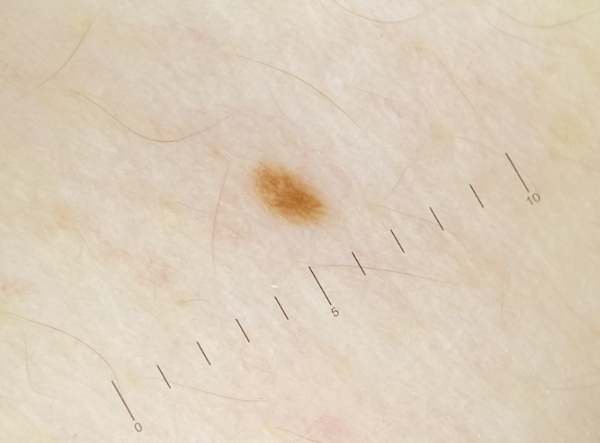Research Reveals Misplaced Genetic Messages in Alzheimer's Disease

Recent findings from researchers at the Francis Crick Institute and University College London (UCL) have uncovered a novel mechanism by which genetic messages are misdirected in neurons associated with Alzheimer's disease and frontotemporal dementia (FTD). This study, published in the journal Cell Reports on June 26, 2025, indicates that mislocalized messenger RNAs (mRNAs) disrupt mitochondrial function, a critical aspect of cellular energy production, potentially paving the way for new therapeutic interventions.
The research team, led by Christy Hung, a former Race Against Dementia Fellow and current Herbalgy Presidential Associate Professor at the City University of Hong Kong, utilized skin cells from individuals with inherited forms of Alzheimer's disease and FTD, specifically focusing on mutations within the APP and PSEN1 genes for Alzheimer's and the VCP gene for FTD. These skin cells were reprogrammed into induced pluripotent stem cells and subsequently differentiated into cortical neurons, which were then analyzed alongside neurons derived from healthy donors.
The researchers meticulously mapped the localization of mRNAs in both control and mutant neurons, revealing significant discrepancies. In the control group, mRNAs were located according to a validated dataset of over 4,000 known mRNA locations, whereas in the diseased neurons, between 82 and 140 mRNAs were found in unexpected locations. Notably, ten mRNAs consistently misplaced across Alzheimer’s disease and FTD were linked to mitochondrial function, a revelation that underscores the impact of genetic misplacement on cellular health.
Further investigation into postmortem brain tissue from 40 individuals with FTD and 49 healthy controls corroborated the findings, with four of the identified misplaced mRNAs significantly correlating with adverse disease outcomes, thereby serving as potential biomarkers for disease progression.
A crucial aspect of this study involved examining mitochondrial DNA, which also appeared to be mislocalized. The researchers observed substantial leakage of mitochondrial DNA into the cytoplasm, which was associated with inflammation pathways in the brain—an observation that may explain some neurodegenerative symptoms.
In a promising turn, treatment with the drug ML240, which inhibits the VCP protein's function, successfully restored the normal localization of mRNAs and reduced mitochondrial DNA leakage, thereby enhancing mitochondrial activity. Rickie Patani, Senior Group Leader at the Human Stem Cells and Neurodegeneration Laboratory at the Crick Institute and a consulting neurologist at the National Hospital for Neurology, emphasized the significance of these findings, stating, “There is a desperate and unmet need to understand fundamental molecular mechanisms underlying Alzheimer’s disease and FTD. Our findings suggest that misplacement of genetic building blocks like mRNA and mitochondrial DNA could be a common mechanism that is potentially therapeutically tractable.”
This study not only sheds light on the molecular underpinnings of neurodegenerative diseases but also suggests that targeting genetic misplacement could be a viable therapeutic strategy. Future research will focus on testing VCP inhibitors in model organisms and determining whether this genetic misplacement also occurs in sporadic forms of these diseases.
The implications of these findings are significant, as they suggest a potential pathway for intervention in the treatment of Alzheimer’s disease and FTD, disorders that currently lack effective therapies. As the scientific community continues to explore the pathways of neurodegeneration, this research offers a crucial step toward understanding and potentially mitigating the devastating effects of these diseases.
Advertisement
Tags
Advertisement





